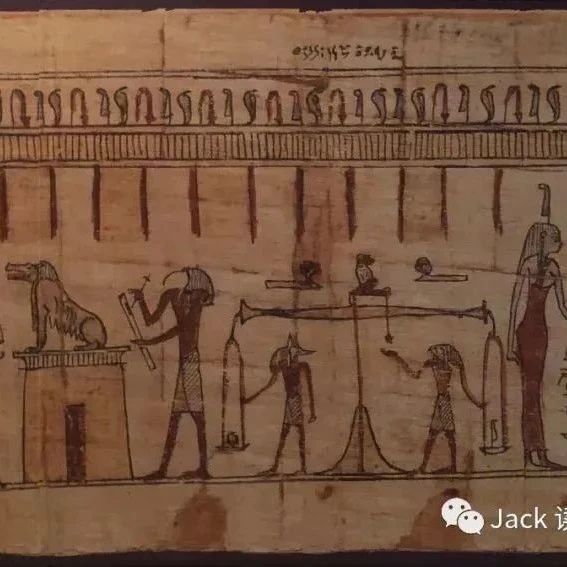Links Between East and West 29 - Writing System 东西方的连接29 - 文字系统
The system of writing is arguably one of the most crucial instruments humankind has invented in history. It is incredibly powerful for data recording, conveying values, and telling stories that unify the populace. Without a system of writing, “civilization” as people know it cannot expand and prosper. By looking into the Sumerian cuneiform, the Egyptian hieroglyphics, and the Chinese Oracle Bone inscriptions, this essay will explore the conditions in which a writing system could emerge and the reasons behind its emergence.
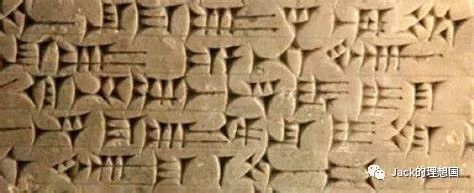
(The cuneiform writing from Enmekar and the Lord of Aratta)
The Sumerian cuneiform is a set of logograms (a logogram is a written character that represents a word or object) that was used to write several languages of the archaic Middle East. Its story began in Mesopotamia, roughly around 3200 BCE, making it the oldest writing system to be invented. There has been some debate over the possible functions and purposes cuneiform served. In one Sumerian epic poem, Enmerkar and the Lord of Aratta, the author wrote, “Because the messenger’s mouth was heavy and he couldn’t repeat [the message], the Lord of Kulaba patted some clay and put words on it, like a tablet. Until then, there had been no putting words on clay.” By describing how the Lord of Kulaba utilized clay tablets to convey messages, this excerpt suggests that cuneiform was invented initially for accounting or recording purposes.
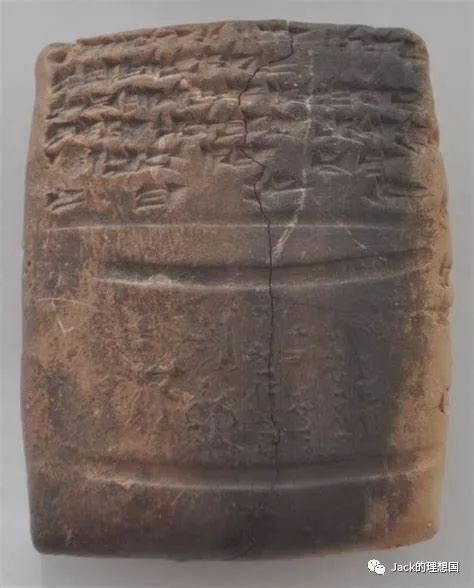
(A cuneiform tablet excavated at Tell Brak)
This explanation can also be corroborated by archaeological analysis. For example, in the ancient Sumerian city of Tell Brak, archaeologists unearthed tablets containing cuneiform in the shapes of animals and numbers. Some of these tablets date back to as early as the mid-4th millennium BCE. By trying to identify and link the shapes of animals with those denoting numbers, archaeologists and historians postulate that the Sumerians used these shapes and pictographs intensively to record the amount of livestock or grains, which were crucial supplies for early Sumerian cities.
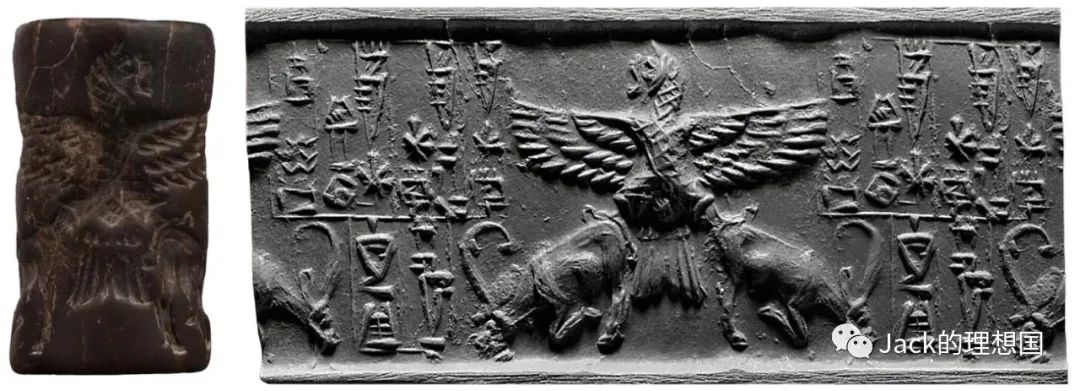
(Anzû)
Sumerian cities such as Uruk, Ur, Nippur, and Lagash were known to worship different gods or goddesses that represented various natural elements. Aside from serving as accounting tools, some archaeologists have also hypothesized that certain signs in the cuneiform system could indicate the names of deities, birds, trees, and other natural or supernatural elements. For instance, Anzû is a divinity in several Mesopotamian religions. In Mesopotamian texts, he was often portrayed as a colossal bird who could breathe fire and water. In 1989, Danish historian Thorkild Jacobsen found that in Sumerian cuneiform, Anzû’s name possessed a distinct symbol and appeared in the oldest cuneiform texts. This case shows that the Sumerians used cuneiform for religious or cultural purposes to systemize their religions and spread their cultural values as an accompaniment to rising population and economic development.
While cuneiform was taking its shape in Mesopotamia, a different kind of writing system was being developed by the ancient Egyptians. The ancient Egyptian hieroglyphics were invented around 3000 BCE, approximately two centuries before the start of the First Dynasty. Small signs or hieroglyphs constituted the hieroglyphic system. Some of these signs represented real-world objects, while others described the meanings of phonetic sounds when said aloud. Like cuneiform, archaeologists have yet to be able to settle a debate over the functions and purposes of the hieroglyphics.
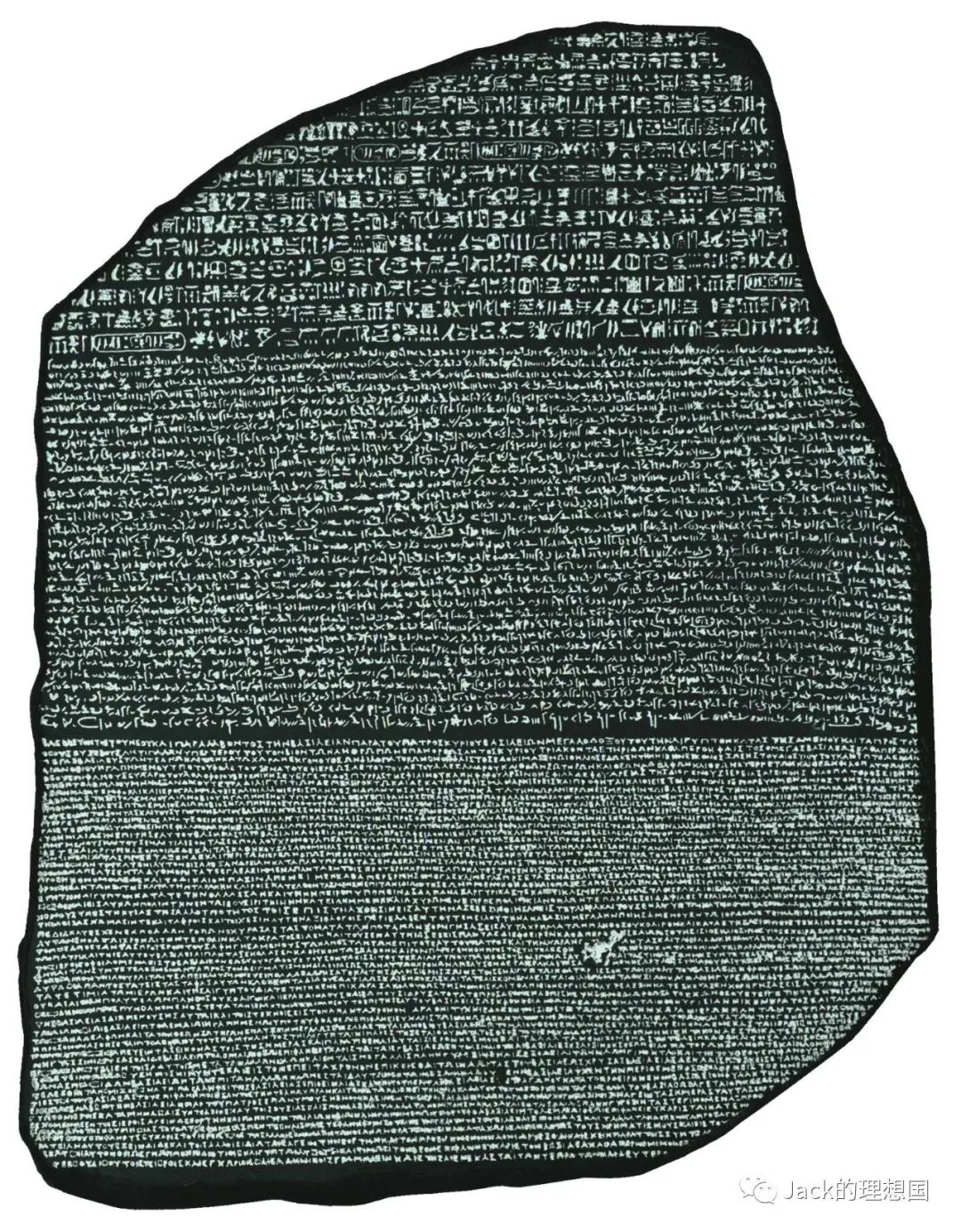
(The Rosetta Stone, the upper one-third is hieroglyphics)
The hieroglyphics could be utilized to record information. Take the classic example of the Rosetta Stone. The Rosetta Stone is a stele issued in Memphis, Egypt in 196 BCE during the Ptolemaic Dynasty on behalf of King Ptolemy V. Although this stele comes rather late in ancient Egyptian history, it is still a valid piece of evidence to demonstrate the function of hieroglyphics since the information was completely written in a later version of this writing system. The content is a decree to celebrate the anniversary of King Ptolemy V’s coronation, listing out the deeds of King Ptolemy V, including tax cuts, restoring peace, and so on. The huge amount of information presented in the Rosetta Stone demonstrates that the Egyptian hieroglyphics were capable and probably used to deliver information to the residents of ancient Egypt.
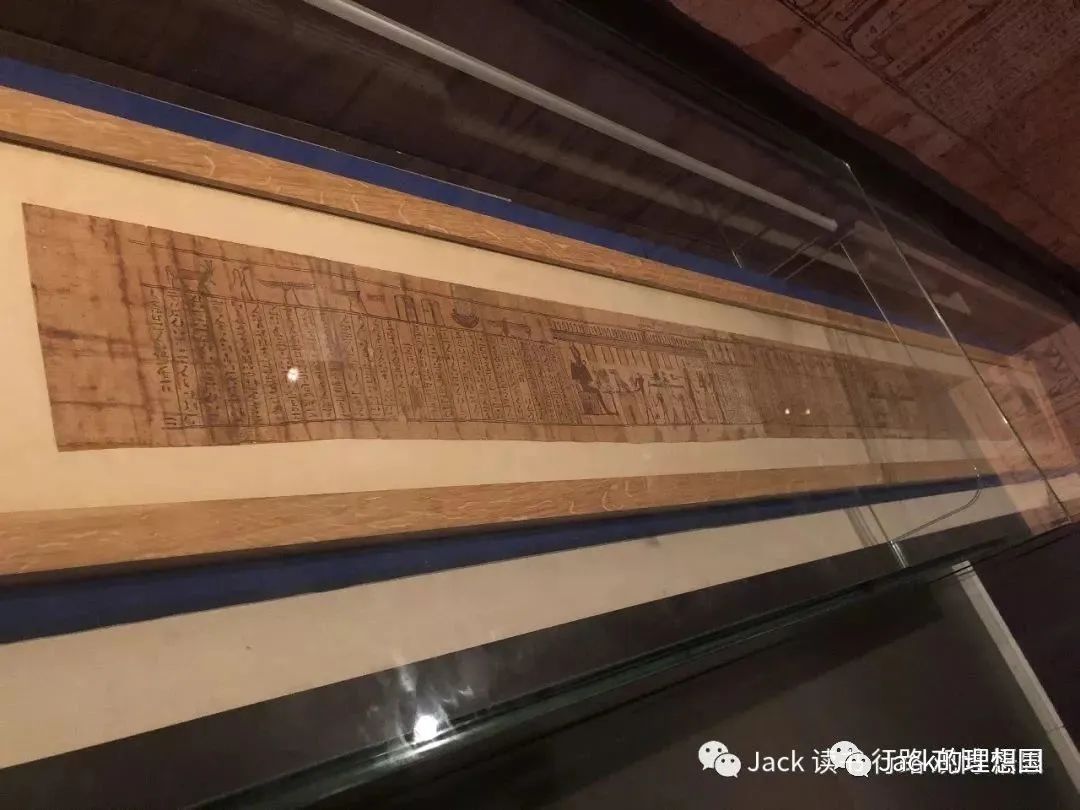
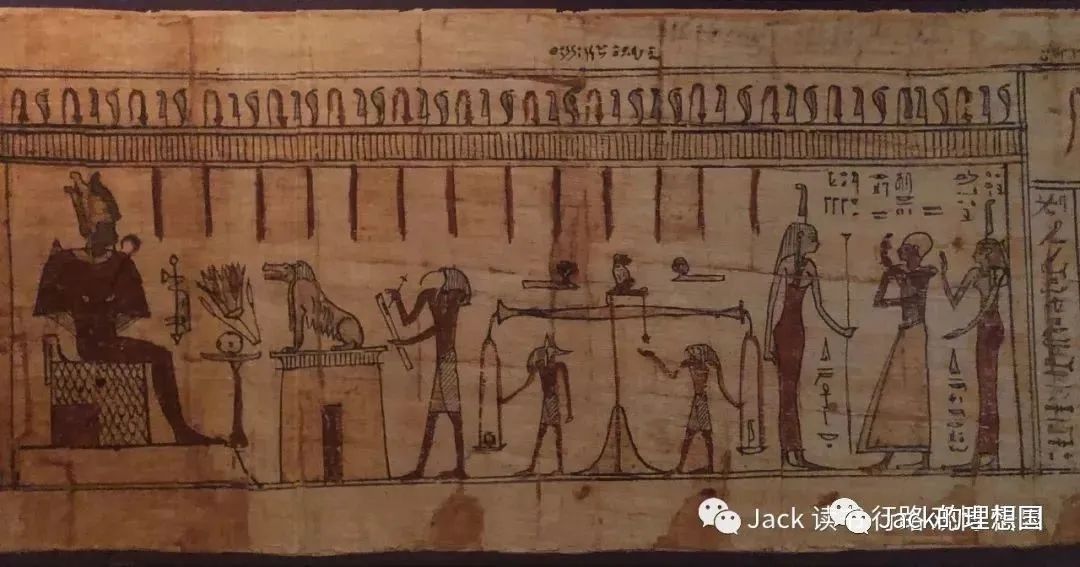
(The Book of the Dead)
The hieroglyphics could additionally be utilized for more ceremonial purposes as dedications to royalty and deities. The religious writings in ancient Egypt were done in hieroglyphics, telling the story of the gods and recording instructions or spells to send the dead to their afterlife. The Book of the Dead is a prime example. The Book of the Dead is a collection of spells written on tomb walls to help souls transition into the afterlife. In this writing, the names of deities and religious-related items such as Anubis or the scale of Maat contain different hieroglyphic inscriptions. This fact reveals that the ancient Egyptians used their writing system to document their religious practices and beliefs to solidify the roots of their culture.
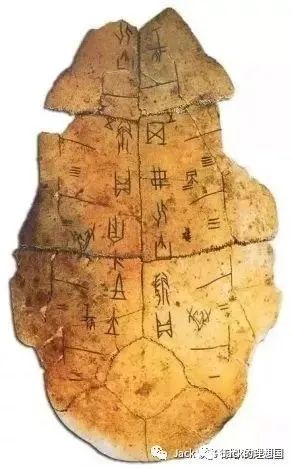
(A piece of oracle bone script)
The inscriptions on oracle bones, or “oracle bone script,” constituted the central writing system adopted by the Chinese during the Shang Dynasty. The Shang Chinese invented it from 1500 BCE to around 1200 BCE. As a primitive writing system, it served comparable functions and purposes to the ancient Chinese. As an aspect, people wrote hieroglyphs in the oracle bone script to record social events. The Chinese devised special hieroglyphs in the system for fire, rain, the Sun, the Moon, people, bow and arrow, and so much more. Combining these individual hieroglyphs produced accounts of crop yield, natural calamities, wars between armies, or the hierarchies of the Shang social structure.
Moreover, the oracle bones script contained religious motives. The words on the bones convey divination purposes. Many of the words today give historians a peek into the spiritual life of the Shang Chinese. For example, one famous oracle bone reads:
Introduction: “On renzi (day 49), [the king] made cracks and divined:
Charge: ‘We will hunt at Wu; going and coming back there will be no disasters.’”
Prognostication: The king read the crack and said: “Auspicious.” This was inscribed.
Verification: “[We] caught one wild buffalo, one tiger, seven foxes.”
This piece contains the prevalent structure of “introduction, charge (the topic), prognostication, verification” in oracle bone scripture. It shows how China’s earliest writing system was closely intertwined with divination, religious beliefs, and ceremonies.
The appearance of the cuneiform, Egyptian hieroglyphics, and the Chinese oracle bones script is an intriguing topic to investigate. What were some of the larger environments that allowed these ancestors to systemize writing?
Relative political and territorial stability within and with neighboring states was an essential prerequisite for writing systems to emerge. Cuneiform was invented around 3200 BCE. Roughly at that time, the Sumerians consolidated their control of Mesopotamia. City-states such as Uruk, Eridu, and Nippur were being constructed. It was an age marked by political strength and expansion. Similarly, the invention of Egyptian hieroglyphics came shortly after Narmer unified Upper and Lower Egypt, bringing an era of peace and administrative prosperity. The advent of the oracle bones script coincided with a peaceful and constructive period of politics after Pan Geng moved the capital of the Shang Dynasty to a place called “Yin.” When a state enters a time of political stability, it would have a greater demand for effective record-keeping and the dissipation of cultural values to boost political unity and stability. This situation creates a circumstance for people to employ writing as a tool to meet these increasing demands. Plus, only when there is no major political conflict can civilians possess the time and space to focus on establishing culture, including a writing system.
Economically, a growing economic trend could be another premise for the emergence of writing. Take the example of the Sumerian city of Uruk, one of the most well-developed and prosperous. It started with around 10000 residents and grew to about 45000 by 3200 BCE. Following this increase in population was a significant jump in agricultural production. According to American historian Cynthia Stokes Brown, the birth of the cuneiform followed the jump in agricultural production. “Writing began in Uruk as a way to keep track of how many sheep, goats, and measures of grain passed through the central warehouses.” Similarly, after moving the capital to Yin, the Shang Dynasty entered a period of economic progression around 1400 BCE. The ruler Pan Geng oversaw the mass production of rice, millet, wheat, and barley among agricultural products. The manufacturing of bronzeware also reached its apex. This period of economic boom culminated in the birth of the oracle bone script.
To conclude these discovered patterns, why did humankind invent writing? Writing is a device to help people cope with “information overload.” As states become increasingly complex, generating more significant amounts of information, the human brain is not an optimal storage device for these numbers and pieces of random data. Instead, its capacity is limited, it dies, and most importantly, it has evolved to store only certain types of information. Writing effectively helps share some of the brain’s burdens in keeping these excess bits of information by erecting an external catalog system.
Moreover, writing can be a way to solidify cultural roots and spread cultural values. The arrow of human history has pointed towards unity. We have been attempting to tell stories or create fiction from the earliest agricultural societies to secure our dominant position on this planet. From religions to moral rules to states and empires, our global culture has been based on fictional accounts of values, gods, and heroes. Without writing, there would be no strong catalyst and bridge behind all these stories that weave together human civilization.
WORKS CITED
https://www.facebook.com/thoughtcodotcom. “Oracle Bones.” ThoughtCo, 2018, www.thoughtco.com/oracle-bones-shang-dynasty-china-172015. Accessed 28 Nov. 2022.
Mark, Joshua J. “Cuneiform.” World History Encyclopedia, 17 Nov. 2022, www.worldhistory.org/cuneiform/. Accessed 28 Nov. 2022.
Scoville, Priscila. “Egyptian Hieroglyphs.” World History Encyclopedia, 2 July 2015, www.worldhistory.org/Egyptian_Hieroglyphs/. Accessed 28 Nov. 2022.
https://www.oxafies.com/2015/10/blog-post_885.html
https://www.livius.org/pictures/syria/tell-brak/tell-brak-letter/
https://www.mesopotamiangods.com/the-myth-of-anzu/
https://cosmolearning.org/images/the-rosetta-stone-in-a-high-contrast-readable-format-1016/
文字系统可以说是人类历史上发明的最关键工具之一。它不仅在记录数据方面不可或缺,而且在传达价值观和讲述故事方面具有难以置信的力量。没有文字系统,人们所知的 "文明 "就无法扩展和繁荣。通过对苏美尔楔形文字、埃及象形文字和中国甲骨文的研究,本文将探讨文字系统出现的条件以及其背后的根本原因。

(《恩梅卡尔和阿拉塔之主》刻板中的楔形文字)
苏美尔楔形文字是一套速记用略字(代表一个词或物体的书面字符),被用来书写古中东的多种语言。它的故事大约开始在公元前3200年左右的美索不达米亚,是被发明的最古老的书写系统。对于楔形文字可能起到的作用和目的,一直存在着一些争论。在苏美尔人的一首史诗《恩梅卡尔和阿拉塔之主》中,作者写道:"由于信使的嘴很沉重,无法重复[信息],库拉巴之主拍了一些粘土,把字写在上面,就像一块石板。在那之前,还没有在泥土上写过字"。通过描述库拉巴之主如何利用泥板来传达信息,这段摘录表明,楔形文字最初是为会计或记录信息的目的而发明的。

(Tell Brak出土的楔形文字石板)
这一解释也可以通过考古学分析得到证实。例如,在苏美尔古城Tell Brak,考古学家发掘了含有楔形文字的动物和数字形状的平板。这些石板可以追溯到公元前3500年左右。考古学家和历史学家试图将动物的形状与表示数字的形状联系起来,推测这些形状和文字被大量用于记录牲畜或谷物等关键物资的数量。

(Anzû)
苏美尔人的城市,如乌鲁克、乌尔、尼普尔、拉加什,都是以崇拜代表各种自然元素的不同神明而闻名。除了作为会计工具外,一些考古学家还假设,楔形文字系统中的某些符号可以表示神灵、鸟类、树木和其他自然或超自然元素的名称。例如,Anzû是美索不达米亚几个宗教中的一个神灵。在美索不达米亚的文本中,它经常被描绘成一只巨大的鸟,可以喷火和喷水。1989年,丹麦历史学家Thorkild Jacobsen发现,在苏美尔楔形文字中,Anzû的名字实际上拥有一个独特的符号,并出现在最古老的楔形文字中。这个案例表明,苏美尔人将楔形文字用于宗教或文化目的,从而使他们的宗教系统化,并伴随着人口上涨和经济发展传播他们的文化价值观。
当楔形文字在美索不达米亚成型的时候,古埃及人正在开发一种不同的书写系统。古埃及的象形文字是在公元前3000年左右发明的,大约在第一王朝开始前两个世纪。小符号或象形文字构成了一整套独立的书写系统。其中一些符号代表现实世界的物体,而另一些则代表口语语音的含义。与楔形文字一样,考古学家也未能解决关于古埃及象形文字的功能和目的的争论。

(罗塞塔石碑,最上层三分之一为象形文字)
象形文字可以被用来记录信息。以罗塞塔石碑为例。罗塞塔石碑是公元前196年托勒密王朝时期在埃及孟菲斯建造的一块石碑。虽然这块石碑在古埃及历史上出现的比较晚,但它仍然是证明象形文字功能的有效证据,因为石碑上的所有信息完全是用这种文字书写的,其内容包括庆祝托勒密五世国王加冕周年的相关法令等等。罗塞塔石碑上呈现的大量信息表明,埃及的象形文字有能力,而且很可能被用来向古埃及的居民传递各类信息。


(都灵博物馆的《亡灵之书》)
此外,象形文字还可以用于更多的信仰仪式,与皇室和神灵挂钩。古埃及的宗教著作都是用象形文字写成的,讲述神的故事,记录送亡者去往后世的指令或咒语。《亡灵之书》就是一个最好的例子。《亡灵之书》是写在墓壁上的咒语集,以帮助灵魂过渡到来世。在这些文字中,神灵的名字和与宗教有关的物品,如阿努比斯或玛特的天平,都含有明显的象形文字铭文。这一事实表明,古埃及人用他们的书写系统来记录他们的宗教实践和信仰,以巩固其文化的根基。

(甲骨)
甲骨文是中国人在商代采用的主要书写系统。商代中国人在公元前1500年至公元前1200年左右的时间段中创造了甲骨文。作为一种原始的书写系统,它的功能和目的与其他地域的文字系统相当。作为一个方面,人们用甲骨文书写象形文字来记录社会事件。中国人在这个系统中设计了一些特殊的象形文字,如火、雨、太阳、月亮、人、弓和箭等等。将这些单独的象形文字结合在一起便能产生关于作物产量、自然灾害、军队之间的战争或商代社会等级结构的记载。
此外,甲骨文还包含了宗教动机。骨头上的文字传达了占卜的目的。今天,许多文字让历史学家窥见了商代中国人的宗教生活。甲骨文中普遍存在的“前辞(叙辞、述辞)、命辞(贞辞)、占辞、验辞”结构展示了此文字系统与宗教信仰仪式的紧密联系。
楔形文字、埃及象形文字和中国甲骨文的出现是一个耐人寻味的研究课题。是什么大环境让这些祖先将文字系统化?
在政治上,在国家内部以及与邻国之间的相对政治、领土稳定是书写系统出现的一个重要前提。楔形文字是在公元前3200年左右发明的。大约在那个时候,苏美尔人巩固了他们对美索不达米亚和新月沃土地区的控制。乌鲁克、埃里杜和尼普尔等城邦正在建设之中。这是一个以政治力量扩张为标志的时代。同样,埃及象形文字的发明是在纳尔默统一上、下埃及后不久,一个和平和政治繁荣的时代来临之际。甲骨文的出现恰好发生在盘庚迁都至 "殷 "后,一个建设性的政治时期之中。当一个国家进入政治稳定时期,就会对更有效的记录和文化价值的传播有更大的需求,以进一步促进政治的团结和稳定。这就为人们采用写作作为工具来满足这些日益增长的需求创造了条件。此外,只有在没有大规模政治冲突的情况下,人民才能拥有时间和空间来专注于建立文化,包括写作系统。
在经济上,不断增长的经济态势是文字出现的另一个前提。以苏美尔人的城市乌鲁克为例,它是当时最发达和最繁荣的城市之一。它开始时有大约10000名居民,到公元前3200年增长到大约45000人。随着人口的增加,农业生产也出现了大幅跃升。根据美国历史学家辛西娅-斯托克斯-布朗(Cynthia Stokes Brown)的说法,在农业生产跃进之后,楔形文字便诞生了。"在乌鲁克时期,书写是为了记录中央仓库有多少羊毛、山羊和谷物"。同样,在迁都殷商后,商朝在公元前1400年左右进入了一个经济发展时期。统治者盘庚监督了大米、小米、小麦和大麦等农产品的大规模生产,青铜器的制造也达到了顶峰。这段经济繁荣期以甲骨文的诞生达到巅峰。
总结这些被发现的规律,人类为什么会发明文字与写作?文字与写作是一种帮助人们应对 "信息过载 "的装置。随着国家变得越来越复杂,产生的信息量愈发庞大,人脑并不是一个最佳的存储设备,它的容量是有限的,它会死亡,最重要的是,它进化到只储存某些类型的信息。写作通过建立一个外部目录系统,有效地帮助分担了大脑在存储这些多余信息的一些负担。此外,写作可以成为巩固文化根基和传播文化价值的一种方式。人类历史的箭头一直指向统一。从最早的农业社会开始,我们就一直试图讲述故事或创造虚构来确保我们在这个星球上的主导地位。从宗教到道德规则再到国家和帝国,我们的全球文化一直建立在对价值观、神灵和英雄的虚构之上。如果没有写作,就不会有催化所有这些编织人类文明故事背后的一座桥梁。
- 本文标签: 原创
- 本文链接: http://www.jack-utopia.cn//article/384
- 版权声明: 本文由Jack原创发布,转载请遵循《署名-非商业性使用-相同方式共享 4.0 国际 (CC BY-NC-SA 4.0)》许可协议授权
